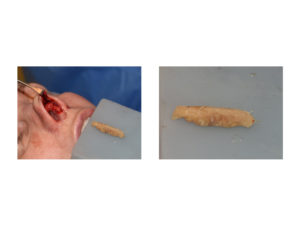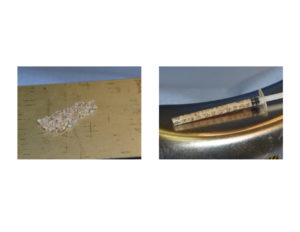The use of cartilage grafts in the nose is common and is the most frequently used tissue graft in the nose. This is not surprising given that 2/3s of the nose is made up of cartilage. Harvesting adequate cartilage for use in rhinoplasty can be done from a variety of sites from the septum, ear or ribs. Donor quantity is not usually a problem but getting a good graft shape for its nasal purpose is often the challenge.

In the September 2017 issue of the journal Plastic and Reconstructive Surgery an article entitled ‘Free Diced Cartilage: A New Application of Diced Cartilage Grafts in Primary and Secondary Rhinoplasty’. In this paper the authors looked at the use of free (injectable) diced cartilage grafts to augment the nasal dorsum in 446 patients over a one year period. In the majority of the patients (73%) free diced cartilage was the only dorsal augmentation method used. In the remainder of the patients it was either combined with fascial wraps or done exclusively with fascial wrapping of the grafts. The study period was under one year (average 7 months). Revision rates for dorsal irregularities were 25% collectively with the free diced grafts along having a 5% revision rate.

Dr. Barry Eppley
Indianapolis, Indiana


